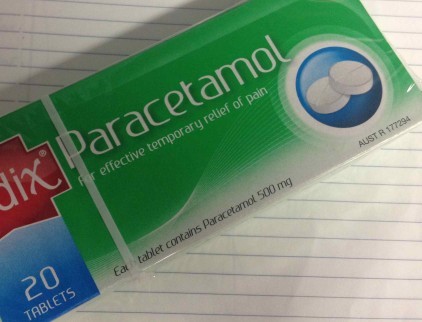In a 2014 article entitled “Why Ice Delays recovery“, Gabe Mirkin, MD wrote as follows:
“When I wrote my best-selling Sportsmedicine Book in 1978, I coined the term RICE (Rest, Ice, Compression, Elevation) for the treatment of athletic injuries (Little Brown and Co., page 94). Ice has been a standard treatment for injuries and sore muscles because it helps to relieve pain caused by injured tissue. Coaches have used my “RICE” guideline for decades, but now it appears that both Ice and complete Rest may delay healing, instead of helping.
In a recent study, athletes were told to exercise so intensely that they developed severe muscle damage that caused extensive muscle soreness. Although cooling delayed swelling, it did not hasten recovery from this muscle damage (The American Journal of Sports Medicine, June 2013). A summary of 22 scientific articles found almost no evidence that ice and compression hastened healing over the use of compression alone, although ice plus exercise may marginally help to heal ankle sprains (The American Journal of Sports Medicine, January, 2004;32(1):251-261).”
He then goes on to explain that
- Healing Requires Inflammation (Inflammatory cells rush to injured tissue to start the healing process),
- Ice Keeps Healing Cells from Entering Injured Tissue (Applying ice to injured tissue causes blood vessels near the injury to constrict and shut off the blood flow that brings in the healing cells of inflammation)
- Anything That Reduces Inflammation Also Delays Healing
- Ice Also Reduces Strength, Speed, Endurance and Coordination (The cooling may help to decrease pain, but it interferes with the athlete’s strength, speed, endurance and coordination)
Dr Mirkin’s recommends “Since applying ice to an injury has been shown to reduce pain, it is acceptable to cool an injured part for short periods soon after the injury occurs. You could apply the ice for up to 10 minutes, remove it for 20 minutes, and repeat the 10 minute application once or twice. There is no reason to apply ice more than six hours after you have injured yourself.”
Read more in the full article on Dr. Mirkin’s site.
See also Queensland Researchers pour cold water on ice-baths












